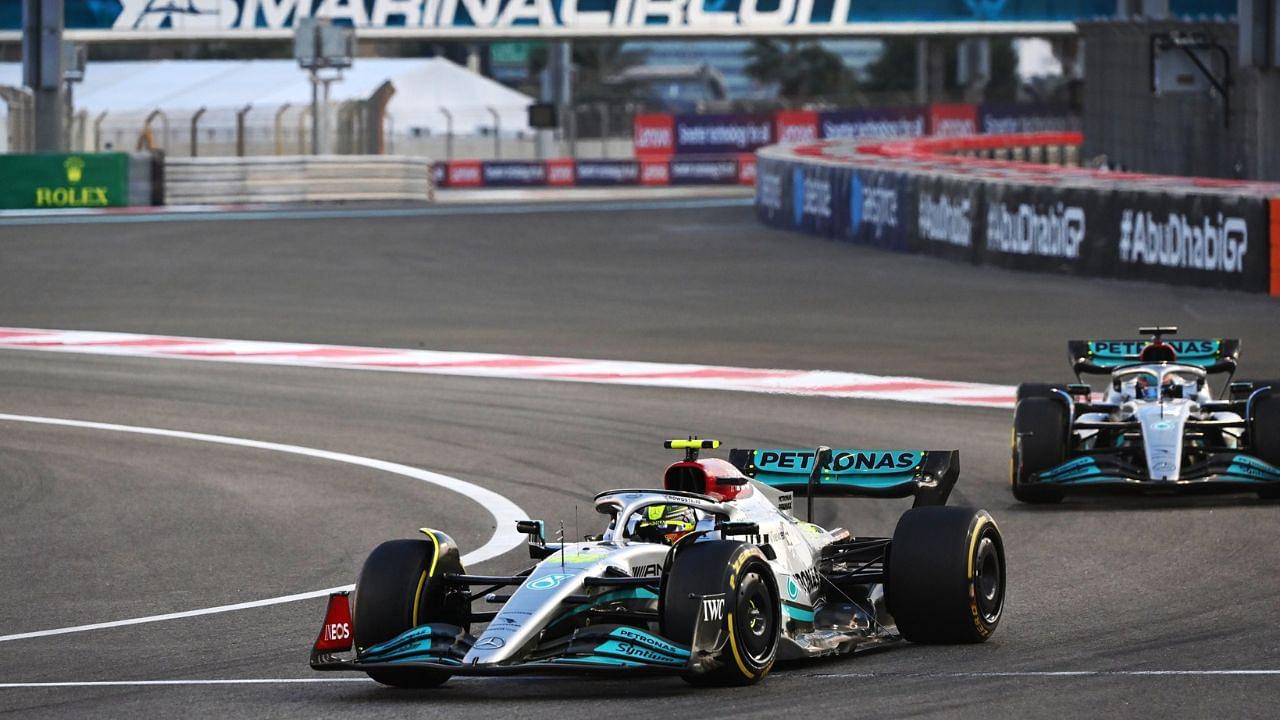The 2022 technical regulations brought a lot of complications for the Mercedes F1 team. Lewis Hamilton and George Russell complained about the porpoising issues of the car constantly.
As the season progressed, the team did get to the top of their problems. But it came through a massive investment in the factory.
Mercedes engineer Andrew Shovlin revealed the changes the Silver Arrows made to overcome the horrific bouncing in the cars.
He said that the biggest change was made to the team’s CFD(Computational Fluid Dynamics) or in simpler words, the Virtual Wind Tunnel systems.
This helped the team identify the issue in a much better way and find a solution. Shovlin explained that the team needed to understand what was happening with the W13 aerodynamically before finding a way towards development.
What is CFD and how did it help Lewis Hamilton and George Russell?
With porpoising arising as a problem in the 2022 season, the term – Wind Tunnel – was thrown around a lot in the paddock.
What this actually means is that it’s a technology that helps engineers in computing the aerodynamic forces that arise.
With the Wind Tunnel, engineers experiment the phenomenon of aerodynamics by blowing wind over a real object in a controlled environment. Thus, measuring the aerodynamic performance.
In CFD or virtual wind tunnel(as the name suggest) this experiment is conducted in the form of a computer simulation. It allows aerodynamicists with a wide range of operating conditions.
Shovlin explained that the porpoising mechanism could not get captured in any of the previous modellings of the car. Therefore, the team had to upgrade their CFD systems and develop a range of technology to find a fix for the problem.
A disappointing qualifying for George Russell, struggling with his porpoising W13 😕
The Mercedes driver starts in P12 for the Grand Prix #MiamiGP #F1 pic.twitter.com/m1nKIQz0vp
— Formula 1 (@F1) May 7, 2022
How much does the virtual wind tunnel cost?
The cost of operating the CFD varies depending on the kind of usage. For a simple 2D analysis it costs around a typical $2,000.
But the ones used in the automotive industry are used for a more complex analysis of the aerodynamics of the car. Therefore it costs around $20,000.
Though, a single run of the simulation is usually not enough to draw results. Hence, the engineers run it multiple times. Complex problems often require two to five weeks. So, the Mercedes F1 team might have invested a lot more amount to fix the problem.







